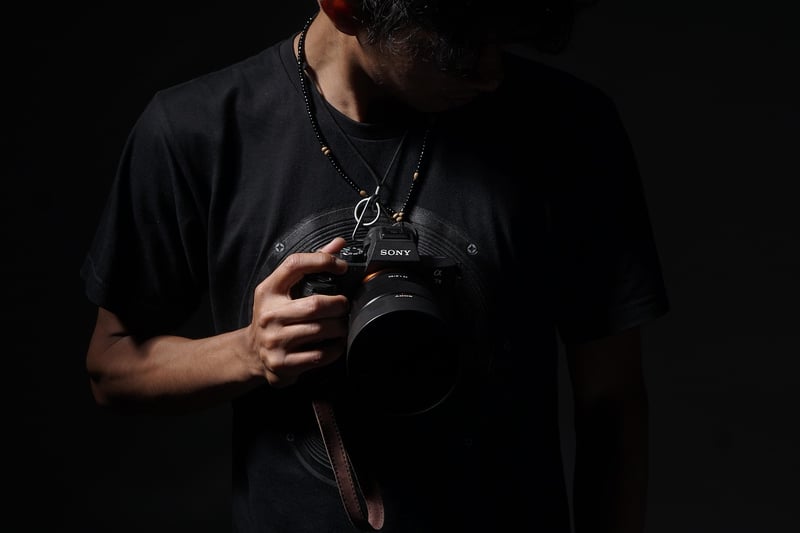Noise reduction
The Art of Post-processing and Noise Reduction in Photography
In the world of photography, capturing the perfect shot is just the beginning. Post-processing plays a crucial role in enhancing and refining your images to bring out their full potential. One essential aspect of post-processing is noise reduction, which can significantly improve the quality of your photos.
Understanding Noise in Photography
Noise in photography refers to the random variations in brightness or color that can degrade the quality of an image. It often appears as grainy or speckled textures, especially in low-light conditions or when using high ISO settings. While some photographers embrace noise as an artistic choice, it is generally considered undesirable and can detract from the overall clarity and sharpness of a photo.
The Importance of Noise Reduction
Noise reduction techniques are used to minimize or eliminate unwanted noise in an image, resulting in a cleaner and more professional-looking photograph. By reducing noise, you can enhance details, improve color accuracy, and create a smoother overall appearance in your photos.
Post-processing Tools for Noise Reduction
There are various software tools available that specialize in noise reduction, such as Adobe Lightroom, DxO PhotoLab, and Topaz DeNoise AI. These tools use advanced algorithms to analyze and suppress noise while preserving important image details. By adjusting settings like luminance and color noise reduction, photographers can tailor the noise reduction process to suit their specific needs.
Best Practices for Noise Reduction
- Shoot in RAW format: RAW files contain more image data and provide greater flexibility for noise reduction in post-processing.
- Avoid extreme ISO settings: Higher ISO settings can introduce more noise, so try to use the lowest ISO setting possible for the desired exposure.
- Use selective noise reduction: Apply noise reduction selectively to areas of the image where noise is most prominent, such as shadows or darker regions.
- Regularly calibrate your equipment: Keeping your camera sensor clean and well-maintained can help reduce the likelihood of noise appearing in your photos.
Conclusion
Mastering the art of post-processing and noise reduction can take your photography to the next level by improving the overall quality and visual impact of your images. By understanding the causes of noise, utilizing the right tools, and following best practices, you can achieve cleaner, more professional-looking photos that truly stand out.

Explore the endless possibilities of post-processing and noise reduction to unlock the full potential of your photography!
